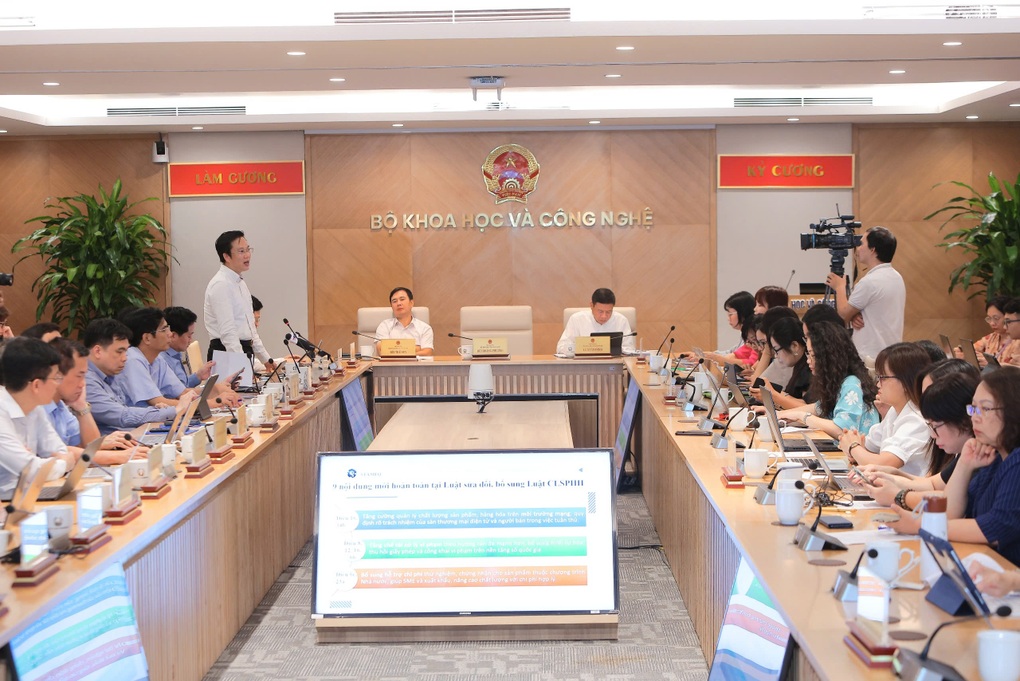
Overview of the press conference (Photo: Ministry of Science and Technology ).
On the afternoon of July 7, the Ministry of Science and Technology (MOST) held a regular press conference on five laws recently passed by the 15th National Assembly at its 9th session.
These are the laws drafted by the Ministry of Science and Technology, including the Law on Science , Technology and Innovation; the Law on Digital Technology Industry; the Law amending and supplementing a number of articles of the Law on Product and Goods Quality; the Law amending and supplementing a number of articles of the Law on Technical Standards and Regulations; especially the Law amending and supplementing a number of articles of the Law on Atomic Energy.
Deputy Minister of Science and Technology Le Xuan Dinh emphasized that these laws have fundamental significance, creating an important legal corridor for the development of science, technology, innovation and digital transformation in the new period, contributing to the completion of the strategic goal of turning Vietnam into a high-income country by 2045.
These are laws that have been almost completely rebuilt with the spirit of deeply absorbing the major policies and ideas of Resolution No. 57-NQ/TW of the Politburo issued on December 22, 2024, aiming to remove long-standing institutional bottlenecks.
At the meeting, representatives of the units in charge of drafting the law outlined the core contents and fundamental changes.
The Law on Science, Technology and Innovation, effective from October 1, represents a fundamental change in development thinking when it puts innovation into law for the first time and puts it on par with science and technology.
Innovation is identified as a key driving force to enhance national competitiveness, promote socio-economic development, ensure national defense and security, and improve people's quality of life. The law expects innovation to contribute 3% to GDP growth.
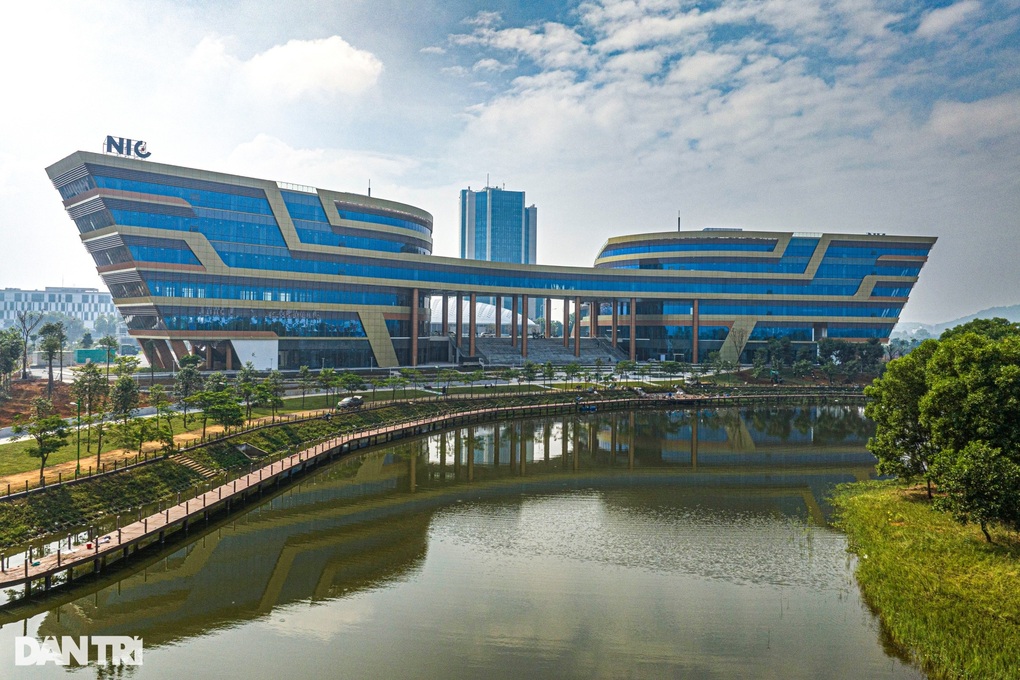
NIC Innovation Center in Hanoi (Photo: Manh Quan).
These regulations aim to create motivation, a spirit of daring to think and dare to do in research, aiming for practical results and closely linking science and technology with socio-economic development. In particular, the state budget for research and development will prioritize 40-50% to carry out tasks of mastering strategic technology, instead of spreading it out as before.
The law also shifts basic research to higher education institutions, builds universities into national science and technology/innovation centers, and shifts the focus of technology development to enterprises.
Enterprises will be strongly supported, with the state budget funding 70-80% of research and development costs, and these expenses are accounted for as production and business costs, and are tax deductible with an outstanding preferential coefficient of 150-200% if investing in strategic technology.
The Law on Digital Technology Industry, effective from January 1, 2026, is considered a major turning point in establishing a legal framework for new fields such as the semiconductor industry, artificial intelligence (AI) and digital assets.
This is the first time the semiconductor industry has been legalized with a strategy to develop specialized chips and link the global supply chain. Semiconductor projects will enjoy special incentives, including tax exemptions for 5 to 15 years.
Meanwhile, in the field of AI, the law sets out the principle of "taking people as the center", requiring AI digital technology products to have identification marks and the State to provide the highest preferential policies to promote research, development, deployment and use of artificial intelligence.
The law also guarantees, for the first time, the ownership, transaction and security rights of digital assets, including virtual assets and crypto assets. Essential digital infrastructure such as AI data centers, concentrated digital technology zones and national laboratories are prioritized for investment, creating a foundation for the strong development of digital transformation and Vietnam's digital economy.
The "Make in Vietnam" program was also standardized for the first time, promoting domestic design, production and technology transfer.
Law amending and supplementing a number of articles of the Law on Product and Goods Quality: This Law, effective from January 1, 2026, demonstrates a new management mindset, shifting from an administrative management model to risk-based quality management.
Management methods also shift from pre-control to post-control based on data and digital technology, and from incentive mechanisms to binding responsibilities, transparency and strict sanctions.

For the first time, the Law requires the establishment of a national product and goods quality monitoring system, inter-sectoral data connection, post-inspection support and quality risk handling.
At the same time, clear management regulations for goods traded on digital platforms are provided, enhancing the responsibility of sellers and intermediary platforms in ensuring quality and handling consumer complaints. The law also adds stronger sanctions for violations, including criminalization, license revocation, and public disclosure of violations on national digital platforms.
The Law amending and supplementing a number of articles of the Law on Standards and Technical Regulations takes effect from January 1, 2026, marking a comprehensive innovation in thinking and management methods in the field of standards, measurement and quality.
For the first time, the National Standards Strategy is legalized as a long-term orientation tool, while establishing a National Database on standards, measurement and quality.
The law also stipulates the principle of “one product – one standard” nationwide, ending overlapping management and increasing enforcement efficiency. In particular, the mechanism of unilateral recognition of international assessment results will help high-tech enterprises quickly access the market, eliminating unnecessary technical barriers to imported goods with new and high technology.
The Law also supports small and medium-sized enterprises in accessing information on national and international standards, and promotes the socialization of standards, expanding the participation of non-state organizations in the development and application of standards.
In particular, the revised Atomic Energy Law (effective from January 1, 2026) will create a comprehensive legal framework, in line with the guidelines of the International Atomic Energy Agency (IAEA). The law identifies nuclear power as a national strategy, contributing to ensuring energy security and reducing carbon emissions.
An important new point is that nuclear safety and security management is unified by a competent state agency, according to international standards and manages the entire plant life cycle.
The law also has a separate chapter on nuclear facility safety and promoting the application of atomic energy in medicine, agriculture, and industry, aiming to master technology and comprehensive digital transformation in this field.
The National Assembly's approval of five laws is a strong step to concretize the major orientations of Resolution No. 57-NQ/TW and the Resolutions of the Politburo, especially in perfecting institutions, removing bottlenecks, and promoting new development drivers such as science, technology, innovation, and digital transformation.
The Ministry of Science and Technology hopes that with the participation of the entire political system, the support of the business community, scientists and the active participation of press agencies, the core contents of these 5 laws will be widely spread, contributing to creating substantial changes, building an advanced science and technology, comprehensive innovation and effective digital transformation.
Source: https://dantri.com.vn/khoa-hoc/5-luat-moi-gop-phan-thay-doi-dien-mao-khoa-hoc-cong-nghe-cua-viet-nam-20250707184356594.htm









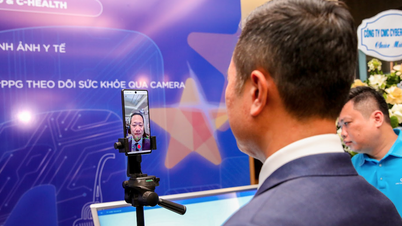

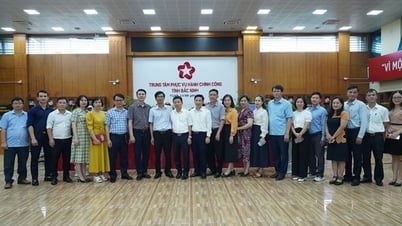





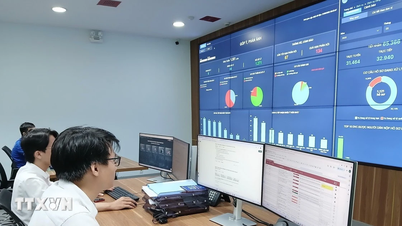
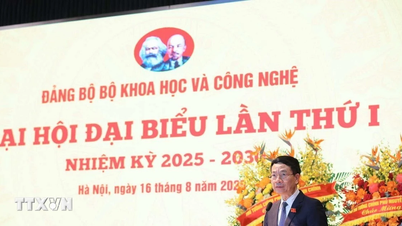












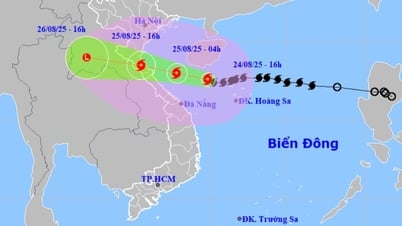

































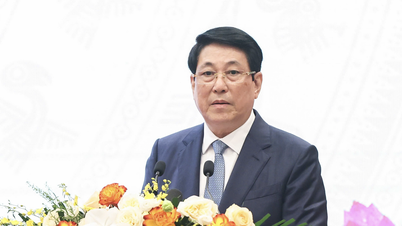













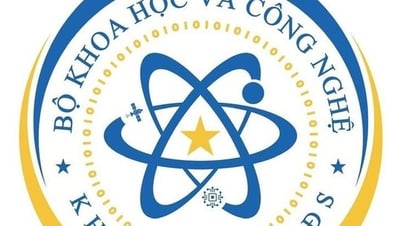
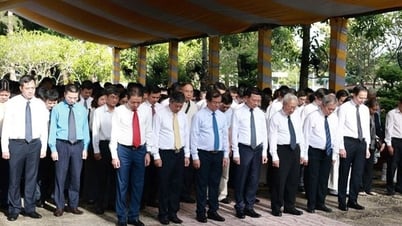






















Comment (0)